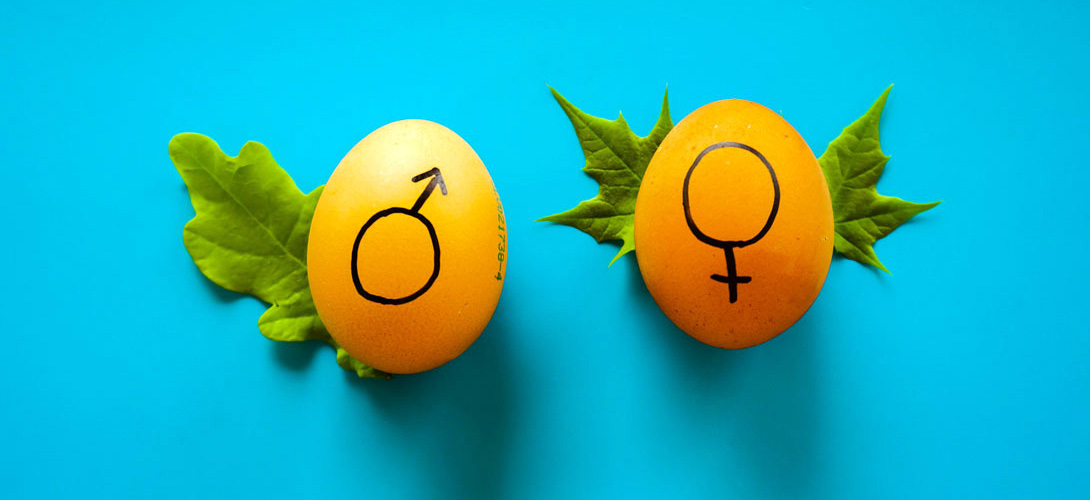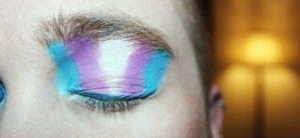
Learning about your sexual orientation and gender identity is a huge part of every young person’s life. For some it is a relatively straightforward path but for others, it can be a difficult one to navigate.
Learning about your sexual orientation and gender identity is a huge part of every young person’s life. For some it is a relatively straightforward path but for others, it can be a difficult one to navigate.
Feeling different to ‘normal’ expectations can give rise to a lot of mental distress, anxiety and depression for many children and teenagers.
Thankfully, times are changing and movements like Pride and TV shows like Schitt’s Creek have led to more open conversations about sexuality, gender identity and the labels we assign to various groups.
With that in mind, here is a list of sexual orientation and gender identity terms that you may have heard but might not be entirely sure what they mean:
Asexual
The lack of a sexual attraction or desire for other people.
Bigender
A gender identity which can be literally translated as ‘two genders’ or ‘double gender’. These two gender identities could be male and female, but could also include non-binary identities.
Bisexual
A person emotionally, romantically or sexually attracted to more than one sex, gender or gender identity though not necessarily simultaneously, in the same way or to the same degree.
Cisgender
A person whose gender identity is aligned with their sex assigned at birth.
Demigender
A person who wears clothing, accessories, jewellery or make-up not traditionally or stereotypically associated with their assigned sex. People who crossdress may be comfortable with their assigned sex, although some people may go on to identify as transgender.
Drag Queen
A performer, typically one who was assigned male at birth, whose act involves a stylized and exaggerated interpretation of femininity that plays with stereotypical gender themes.
Gay
A person who is emotionally, romantically or sexually attracted to members of the same gender. Men, women and non-binary people may use this term to describe themselves.
Gender Binary
A system in which gender is constructed into two strict categories of male or female. Gender identity is expected to align with the sex assigned at birth and gender expressions and roles fit traditional expectations.
Gender Dysphoria
Term used to describe the discomfort caused by an incongruence between one’s gender and their sex assigned at birth.
Gender-Fluid
Gender fluid individuals experience different gender identities at different times. A gender fluid person’s gender identity can be multiple genders at once, then switch to none at all, or move between single gender identities. Some gender fluid people regularly move between only a few specific genders, perhaps as few as two.
Genderqueer
Genderqueer people typically reject notions of static categories of gender and embrace a fluidity of gender identity and often, though not always, sexual orientation. People who identify as “genderqueer” may see themselves as being both male and female, neither male nor female or as falling completely outside these categories.
Heteronormativity
The assumption, of individuals and/or institutions, that everyone is heterosexual and that heterosexuality is superior to all other sexualities. Heteronormativity also leads us to assume that only masculine men and feminine women are straight.
Homophobia
The fear and hatred of or discomfort with people who are attracted to members of the same sex.
Intersex
A general term used to refer to a variety of conditions involving individuals whose anatomy, chromosomes, and/or hormones do not correspond with the standard definitions of male or female.
Lesbian
A woman who is emotionally, romantically or sexually attracted to other women. Women and non-binary people may use this term to describe themselves.
LGBTQ
An acronym for “lesbian, gay, bisexual, transgender and queer.”
Multigender
Refers to individuals who experience more than one gender identity. It can be used as a gender identity in its own right or can be an umbrella term for other identities which fit this description. Multigender identities include bigender (two genders), trigender (three genders), quadgender (four genders), quintgender (five genders), polygender (many genders), pangender (all genders) and genderfluid (variable gender).
Non-binary
Various umbrella terms for gender identities that fall outside of the binary of man or woman and thus do not conform to traditional gender roles.
Pansexual
Describes someone who has the potential for emotional, romantic or sexual attraction to people of any gender though not necessarily simultaneously, in the same way or to the same degree. Sometimes used interchangeably with bisexual.
Queer
A term used to express a spectrum of identities and orientations that are counter to the mainstream. Queer is often used as a catch-all to include many people, including those who do not identify as exclusively straight and/or folks who have non-binary or gender-expansive identities. This term was previously used as a slur but has been reclaimed by many parts of the LGBTQ movement.
Questioning
A term used to describe people who are in the process of exploring their sexual orientation or gender identity.
Sexual Orientation
The term used to describe the gender or genders that someone is attracted to. Note: an individual’s sexual orientation is independent of their gender identity, which is the gender or genders the person is.
Straight
The term used to describe people who are attracted to people of the opposite gender. Interchangeable with the word ‘heterosexual’.
Transgender
An umbrella term which refers to any person whose gender identity and/or gender expression differs from the sex assigned to them at birth. This includes non-binary identities.
Avoid using this term as a noun: a person is not ‘a trans’; they may be a trans person.
Transitioning
A process through which some transgender people begin to live as the gender with which they identify, rather than the one assigned to them at birth. Transition can include social, physical and/or legal changes such as coming out; changing one’s gender expression; changing one’s name, pronoun and sex designation on legal documents; and medical intervention via hormones and/or surgeries.
Trans man (FTM)
A man who was assigned female at birth (AFAB) but identifies as a man. Some trans men make physical changes through hormones or surgery; others do not.
Trans woman (MTF)
A woman who was assigned male at birth (AMAB) but identifies as a woman. Some trans women make physical changes through hormones or surgery; others do not.
(It’s important to note that sexual orientation and gender identities are constantly evolving so if you don’t see your personal orientation represented by popular terms, it doesn’t mean you’re alone. It just means there isn’t a description of how you identify yet but there will be in time.)
Sources: https://www.hrc.org/resources/glossary-of-terms
https://www.teni.ie/resources/trans-terms/



